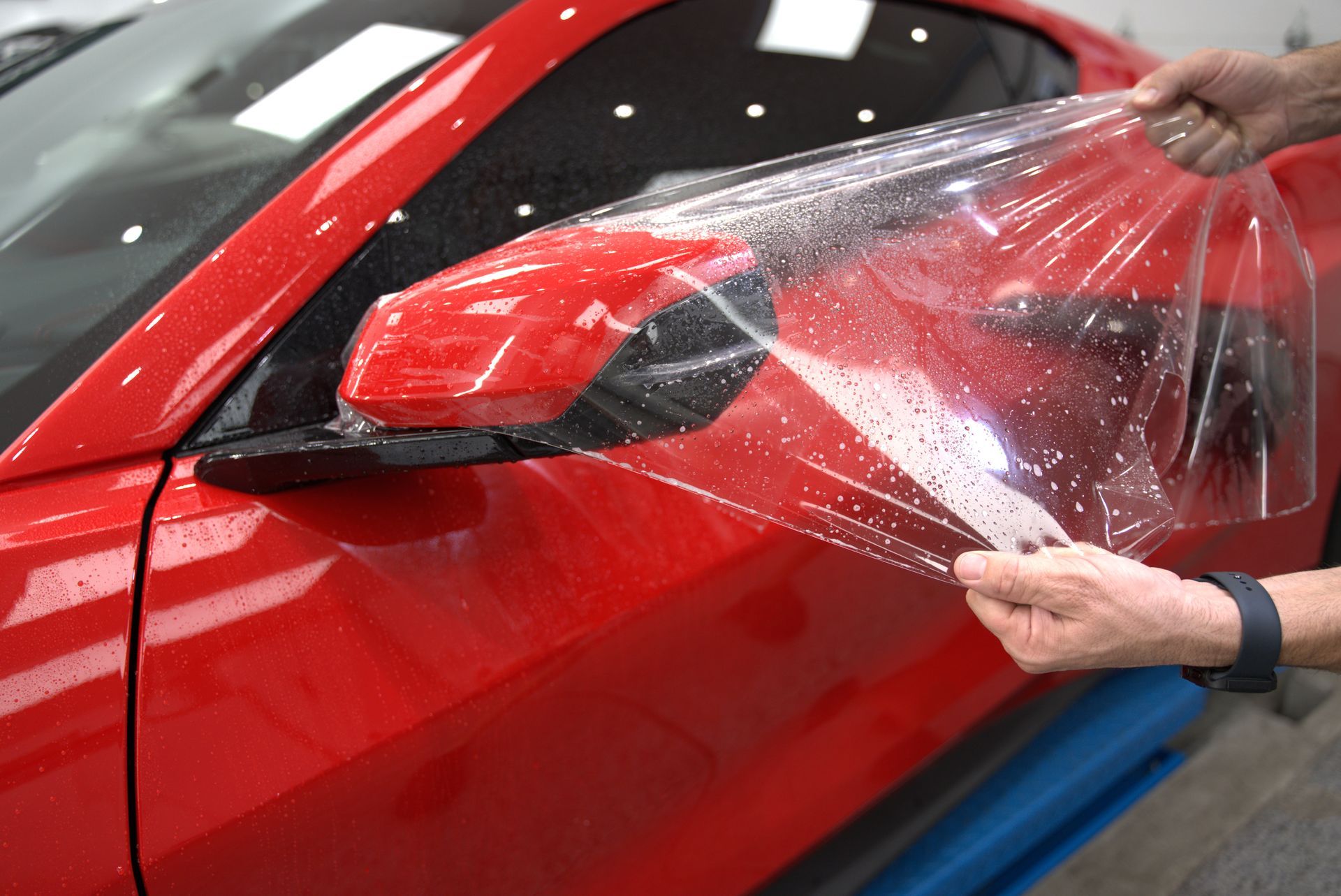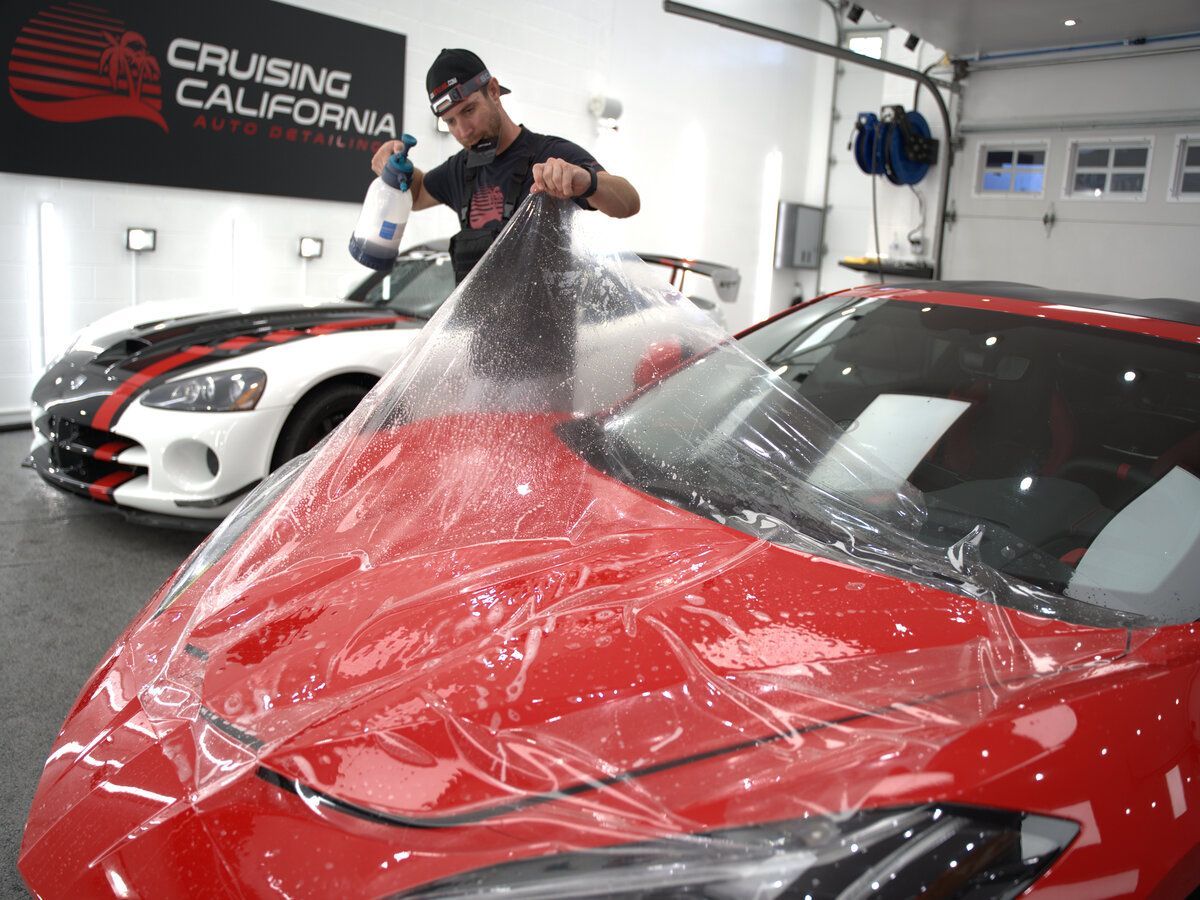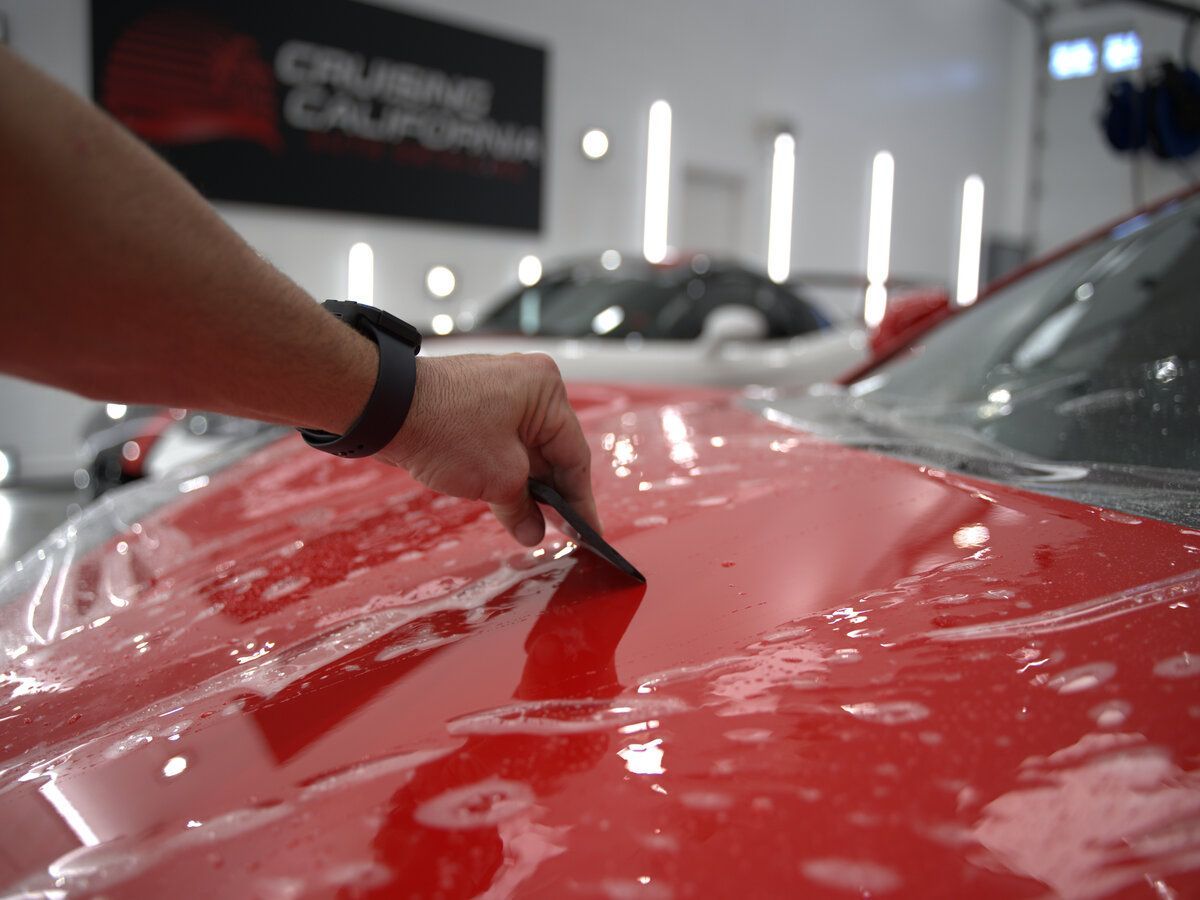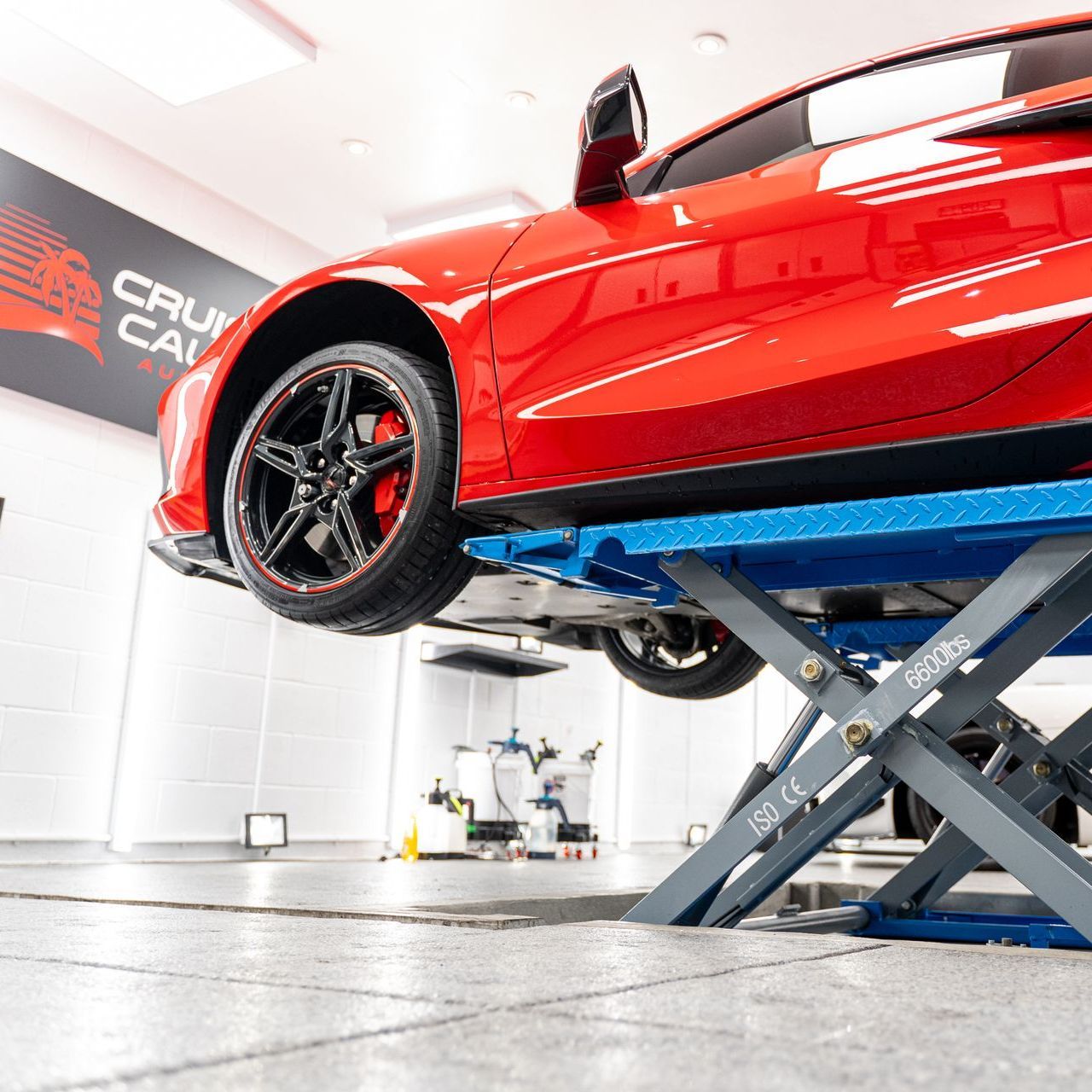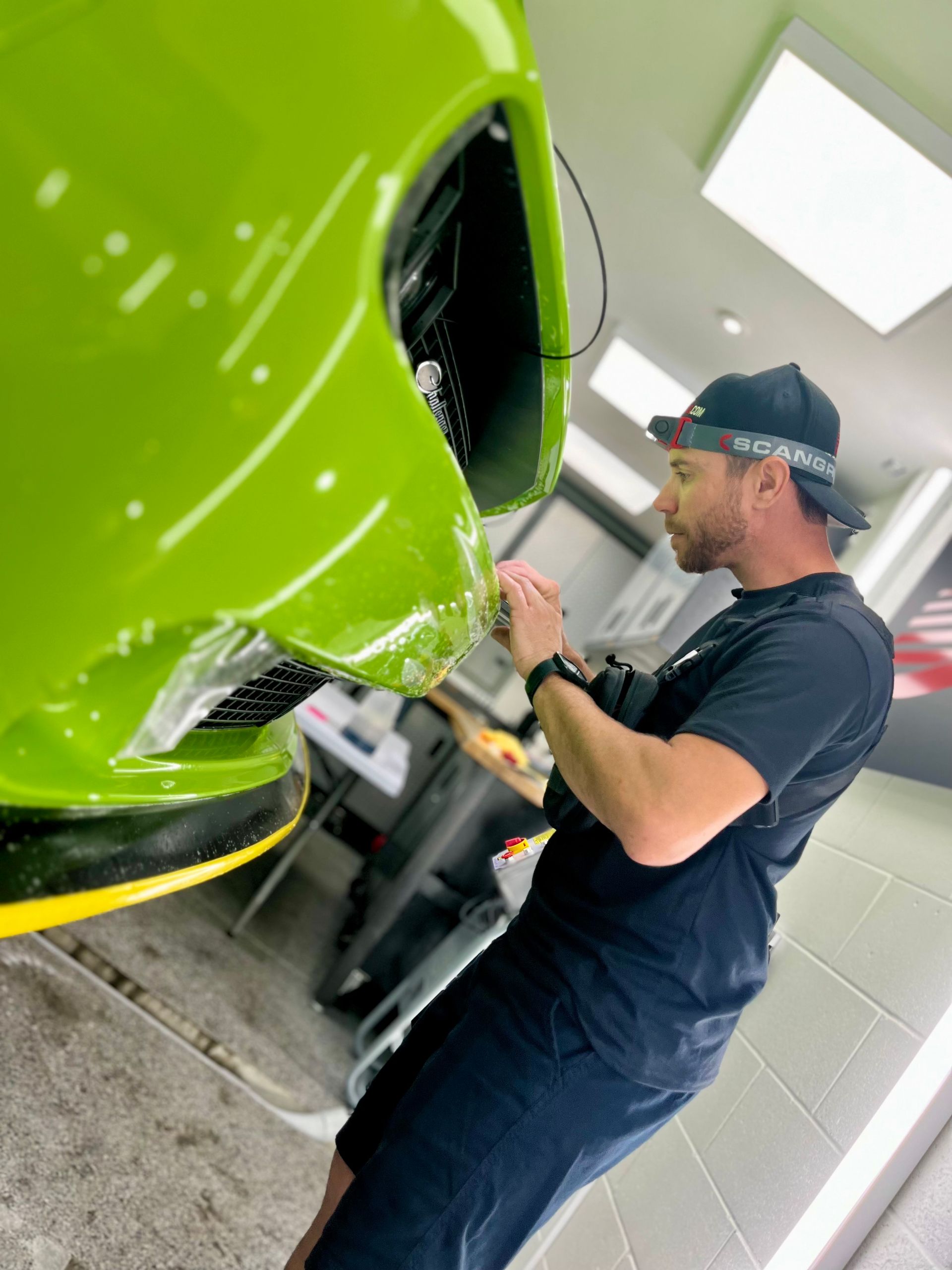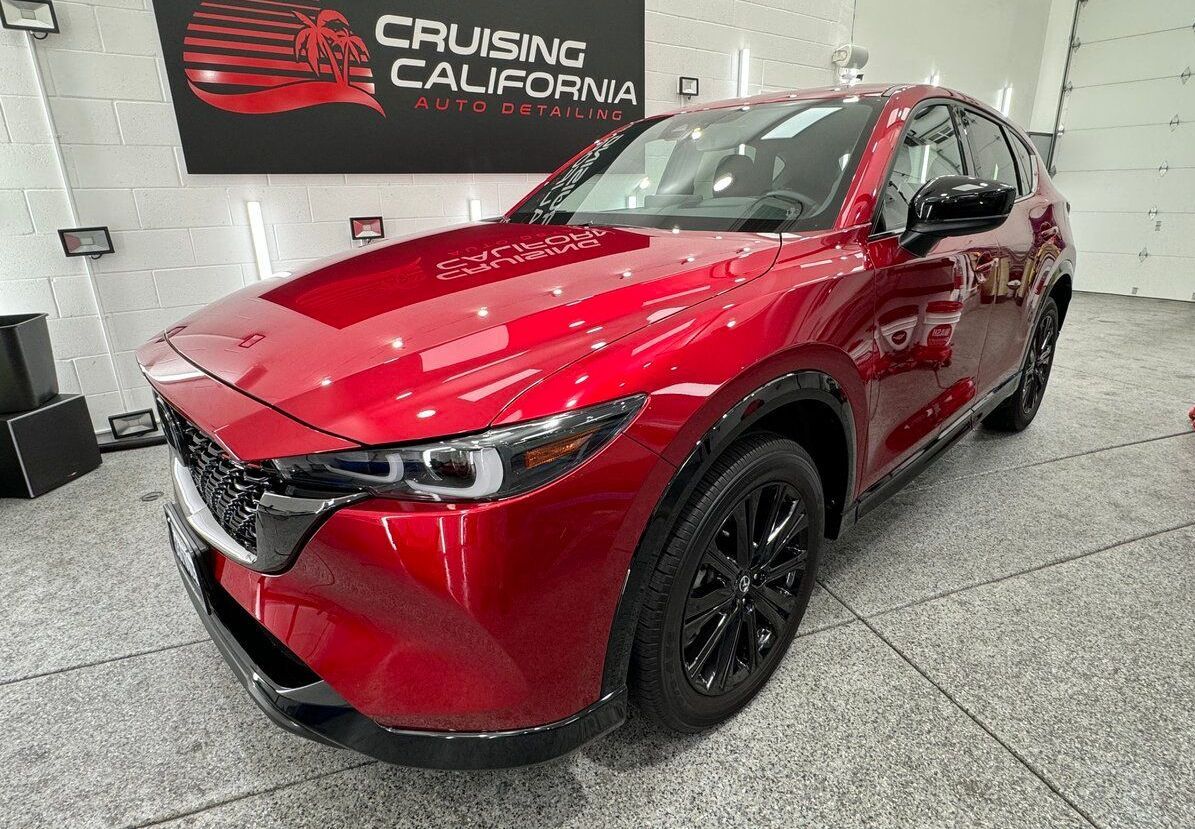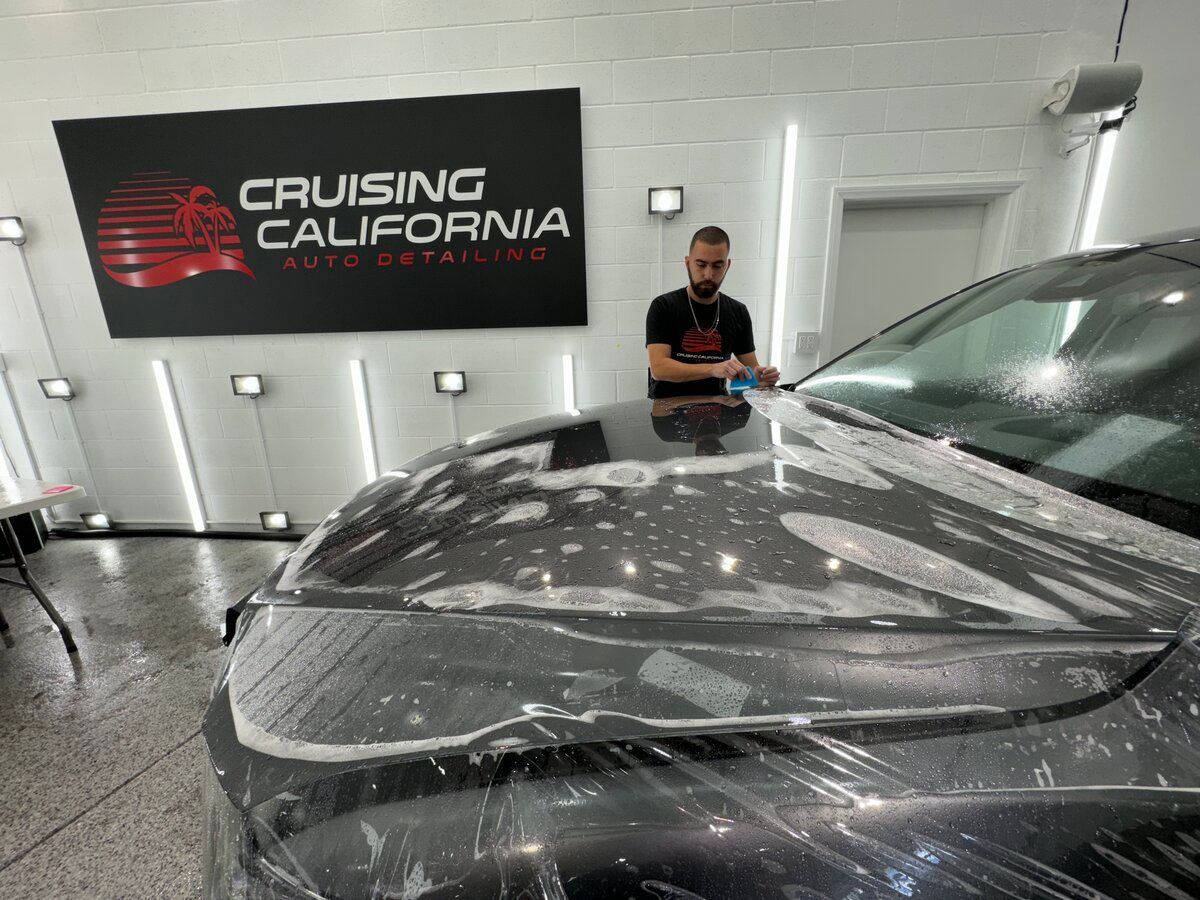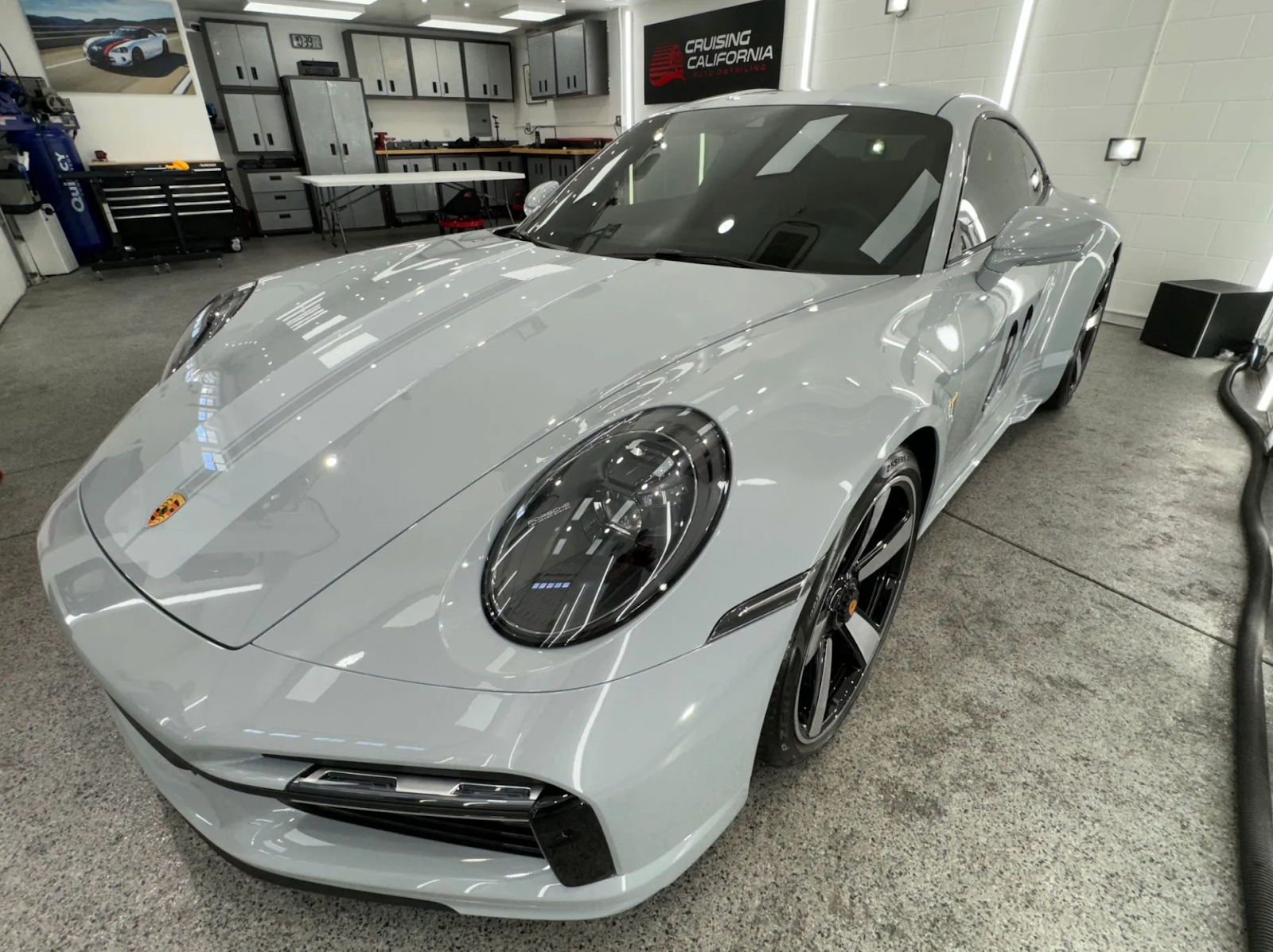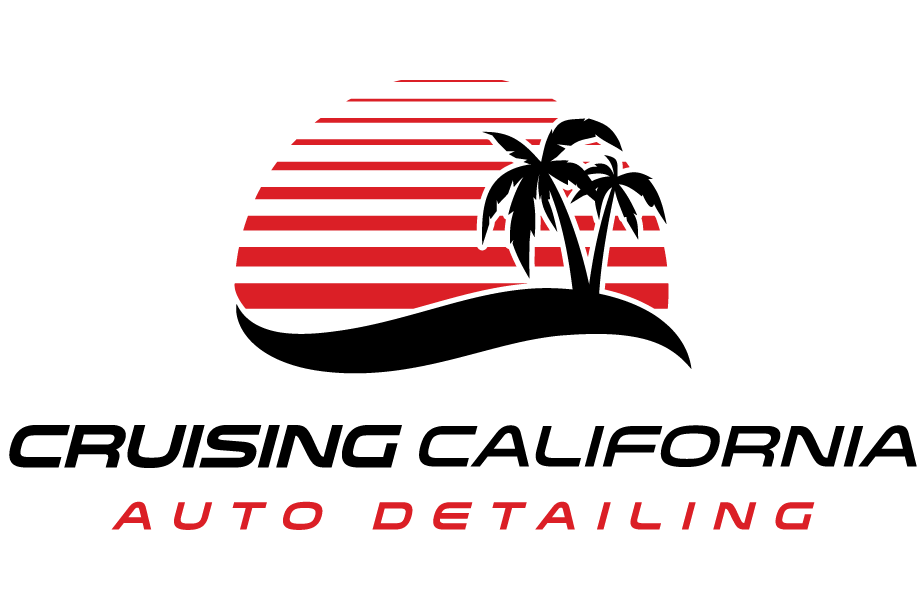How to Tell When Your Paint Protection Film Needs Replacing: Key Signs to Look For
Every car enthusiast knows that preserving a vehicle's pristine appearance is both an art and a science. As someone who meticulously polishes every inch of chrome and ensures each tire shines, you likely already appreciate the value of paint protection film on your ride. Yet, even the most diligent among us can overlook early warning signs that this essential barrier is failing. Understanding when your PPF needs replacement not only preserves your car's beauty but also saves you from unforeseen expenses down the road.
Key signs that your paint protection film needs replacing include visible scratches and marks, bubbles or air pockets, discoloration such as yellowing or fading, and cracks or tears in the film. Regular inspections, especially around the 5-year mark, can help ensure your vehicle remains protected from environmental damage and maintains its appearance.
Signs Your Paint Protection Film Needs Replacing
One of the most telling indicators that your paint protection film is past its prime is the appearance of scratches and marks. At first glance, these superficial abrasions may seem harmless, but over time they can deepen, exposing the underlying paint to a host of environmental hazards. Think of it like a protective barrier slowly giving way; once it starts to wear, the risks increase significantly. Keeping an eye on the frequency and extent of these scratches can help you assess whether a replacement is imminent.
Beyond just external scratches, looking for bubbles and air pockets is crucial in determining the health of your paint protection film. These unsightly bubbles signify gaps between the film and your car's surface. Often caused by improper installation or wear over time, they create pockets that trap moisture—potentially leading to delamination. It’s critical to address this early; otherwise, you're likely to see changes in the adhesion properties of the film itself.
Another significant warning sign to watch for is discoloration. When you notice yellowing or fading of the film, it indicates a loss of its UV protective qualities. Not only does this affect the look of your car, making it appear older than it is, but it also leaves the underlying paint vulnerable to damage from sunlight and environmental contaminants. Prolonged exposure without proper protection can lead to expensive repainting down the road—much costlier than simply replacing your paint protection film when needed.
Each of these factors should be assessed regularly to maintain both the appearance and protection of your vehicle. By maintaining vigilance about these signs—scratches, bubbles, discoloration—you can catch deterioration early and take action before it becomes a headache. A proactive approach not only saves you from costly repairs later but also ensures that your vehicle remains looking sharp and protected against potential harm.
Scratches, Swirls, and Bubbles
Scratches and swirls on your paint protection film may seem like mere blemishes, but they can indicate deeper issues that compromise the protection of your vehicle's paint. When you're out in bright sunlight or even in a well-lit garage, take a moment to inspect the surface closely. Under proper lighting conditions, you’ll likely notice these imperfections more clearly after washing your car. You might find that light refracts off certain angles differently, revealing scratches that aren’t easily noticeable otherwise. This visual inspection is your first line of defense.
After the initial glance, it's crucial to engage in the touch test. Simply run your fingers gently over the surface. Is it smooth or slightly rough? If you detect any rough patches or changes in texture, it’s a good sign that scratches or swirl marks have penetrated the film. Such imperfections not only detract from the beauty of the vehicle but also signal that your paint protection film may be losing its effectiveness as a protective barrier. In fact, automotive experts state that surface damage like this can reduce the protective capability of paint protection film.
Next on our checklist is identifying any bubbles within the film. These air pockets can be deceptive; they might appear harmless at first glance but are often signs of improper installation or wear over time. To check for bubbles effectively, it is recommended using a flashlight at an angle to cast shadows across the film. This trick can uncover raised sections that are otherwise invisible under normal lighting conditions. When you see these bubbles, it’s essential to address them quickly; if moisture becomes trapped underneath the film, it could lead to delamination or other serious issues down the road.
By thoroughly identifying these physical signs—scratches, swirls, and bubbles—you are taking an important step toward preserving both the appearance and protective qualities of your paint protection film.
Discoloration and Fading
One of the most noticeable signs that your paint protection film needs replacement is discoloration and fading. Imagine investing in a product designed to keep your car looking pristine, only to find that it begins to look worn out over time. This situation often arises due to constant exposure to the sun's harmful ultraviolet (UV) rays, which can gradually cause the film to yellow or lose its original color. The aesthetic impact of this change is significant; faded areas contrast sharply with surrounding pristine sections of paint, making your vehicle appear neglected.
When your paint protection film is continuously bombarded by sunlight, it undergoes a chemical reaction resulting in degradation. This deterioration not only looks unpleasant but also indicates a decline in the protective capabilities of the film. As it fades, the film’s ability to shield against environmental damage, such as scratches and chips, diminishes significantly. Essentially, what was once a reliable barrier becomes less effective over time. Protecting your vehicle’s surface means being aware of how external factors can affect those protective layers.
Testing for Discoloration
To assess whether your paint protection film is experiencing discoloration or fading, there are two straightforward steps anyone can follow:
- Lighting conditions are crucial. Perform an inspection outdoors on a sunny day instead of relying on artificial light sources, which often do not reveal subtle changes in color accurately. Natural daylight will allow you to see the true condition of your film.
- Comparison is key. Take note of how different sections of the paint protection film appear under direct sunlight versus shaded areas. You'll likely discover discrepancies that indicate areas needing attention or prompting replacement.
To help prolong the life of your paint protection film and minimize discoloration, consider adopting practices such as parking in shaded spaces or using a quality car cover when possible. These simple actions can significantly extend the lifespan and clarity of your paint protection film.
Peeling Edges and Lifting
When you notice those corners starting to buckle or pull away from the surface, it's crucial to take these signs seriously. Peeling edges and lifting aren't just cosmetic issues; they compromise the protective barrier intended to shield your vehicle's paint. The underlying paintwork becomes increasingly vulnerable to scratches, UV rays, and environmental contaminants, potentially leading to costly repairs down the line.
So why does this happen? Poor installation is often at fault, where an inadequate application technique leaves certain areas of the film susceptible to peeling. Additionally, harsh environmental conditions such as extreme temperatures, heavy rain, or intense sun exposure can deteriorate the film's adhesive bond over time. Similarly, prolonged exposure to moisture trapped beneath the PPF compromises adhesion, causing edges to lift. Paying attention to these factors during installation and maintenance can help ensure longevity.
Immediate Actions
- Applying Heat: Helps reactivate the adhesive temporarily, allowing it to adhere better without needing removal.
- Professional Reinstallation: Guarantees long-lasting adhesion by using techniques and tools that ensure proper application.
- Cleaning with Alcohol Solution: Removes contaminants that could be disrupting the adhesive bond, thus providing a smoother surface for resealing.
These actions not only alleviate the immediate issues but also protect your investment in the long run. If you find yourself routinely battling peeling edges, it might be a signal to consult with a professional who can re-evaluate the condition of your paint protection film and make necessary corrections. Being alert to these potential problems can save you both time and money in addressing paint damage later on.
Professional Inspection Techniques
When it comes to assessing the condition of your paint protection film, a professional inspection is invaluable. Technicians have specialized tools and knowledge that allow them to go beyond surface-level evaluations. One common technique they frequently employ is a depth gauge. This compact instrument measures the thickness of the film at various points on your vehicle. Not only does this assess if the paint protection film was evenly applied, but it also helps detect any wear or thinning that may have occurred over time. The depth consistency gives a clear indication of whether areas need immediate attention or if the film overall is still protecting your paint effectively.
Another innovative method used by professionals is UV lamp analysis. Traditional lighting can miss underlying UV damage that accumulates beneath the surface of your paint protection film. By using a specialized UV lamp, technicians can illuminate these issues that are otherwise invisible. If you see an uneven sheen on certain parts of your film as a result of this examination, these are signs that UV rays have begun to compromise its integrity. Prompt action based on such evaluations can prevent more severe deterioration in the future.
Tips for Extending PPF Lifespan
Extending the lifespan of your paint protection film can save you significant time and expense in the long run. One of the most fundamental practices is engaging in regular maintenance activities that are simple yet impactful.
The first step in preserving your PPF is routine washing. It's crucial to use mild, pH-neutral soaps that won't degrade the film over time. Harsh chemicals can eat away at the protective layer, diminishing its effectiveness. Regular washing not only removes dirt but also prevents abrasive particles from scratching the surface during subsequent cleaning. Embracing a routine wash every couple of weeks will keep your vehicle looking crisp while safeguarding the underlying paint. A gentle wash doesn’t just clean; it protects. After washing, drying properly is equally important. Many people might be tempted to leave their car out to air dry, but this can leave unsightly water spots that become harder to remove as they set in. Instead, use a clean, soft microfiber cloth to thoroughly dry the paint protection film.
Another essential tip is using ceramic coatings. Applying a PPF-safe ceramic coating periodically can significantly boost the film's protective qualities against UV rays and environmental contaminants. This layer acts as a barrier against the sun’s harsh rays, potential stains from bird droppings or tree sap, and even minor scratches from daily use. So remember, combining regular washing and drying routines with high-quality ceramic coating applications forms a robust strategy for maintaining your paint protection film's integrity over time. Prioritizing these maintenance practices lays the groundwork for extending the lifespan of your paint protection film—and preserving its protective properties means avoiding costly repaints or replacements down the line.
Ultimately, prevention is always better than cure, especially when it comes to ensuring your vehicle maintains its stunning appearance for years to come.
Top Paint Protection Film Services in El Cajon, CA
Protect your vehicle’s finish with CCA Detailing & Ceramic Coating | PPF, the premier choice for paint protection film services in El Cajon, CA. Our team delivers superior film installation, safeguarding your car from road debris and environmental damage while maintaining its sleek appearance. Experience the difference with our top-tier protection solutions and keep your vehicle looking pristine. Reach out to us today to schedule your appointment and enjoy unparalleled protection for your car. Call us at (619) 916-6157 to get started!

